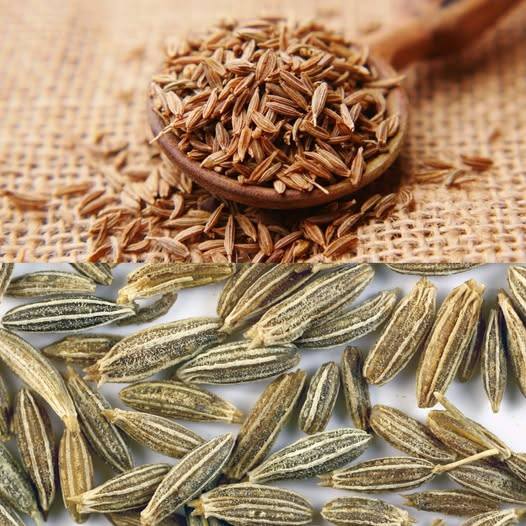ADVERTISEMENT
Cumin: An Aromatic Treasure Full of History and Healing Wonders
Cumin is much more than just a spice—it’s an aromatic treasure with a rich history and numerous healing benefits. Known for its warm, earthy flavor and slightly nutty aroma, cumin has been a staple in kitchens across the world for centuries. From its use in ancient civilizations to its essential role in modern-day cooking, cumin is truly a spice that has stood the test of time.
But cumin isn’t just for flavoring your favorite dishes—it also boasts impressive health benefits. From aiding digestion to reducing inflammation, cumin is a powerful, natural remedy that continues to be cherished for its medicinal properties. In this article, we’ll take a closer look at the fascinating history of cumin, its culinary uses, and its healing wonders.
A Brief History of Cumin
Cumin’s history dates back thousands of years. Originating in the Mediterranean and Western Asia, it has been used in cooking and medicine since ancient times. The spice was particularly beloved by the Egyptians, Greeks, and Romans, who prized it not only for its flavor but also for its ability to aid digestion and preserve food. Ancient Egyptians even placed cumin in the tombs of their pharaohs, believing it would aid them in the afterlife.
In the Bible, cumin is mentioned as one of the spices used in religious offerings and rituals, further solidifying its significance in ancient culture. Over time, cumin spread across the world via trade routes, becoming a key ingredient in both Eastern and Western cuisines. Today, cumin remains a global culinary essential, particularly in Indian, Middle Eastern, Mexican, and Mediterranean cuisines.
Cumin in Cooking: A Flavorful Staple
Cumin’s unique, robust flavor adds depth and warmth to a wide range of dishes. Whether used as a whole seed or ground into a powder, cumin can be incorporated into savory and even some sweet dishes. It pairs well with meats, legumes, vegetables, grains, and sauces, making it an incredibly versatile spice.
Here are some of the common culinary uses for cumin:
- Curries and Stews: Cumin is a staple in Indian curries, where it’s often combined with other spices like coriander, turmeric, and cardamom to create a complex flavor profile.
- Tacos and Burritos: In Mexican cuisine, cumin is a key ingredient in taco seasoning and is often sprinkled over meats like chicken, beef, or pork.
- Roasted Vegetables: A sprinkle of cumin can elevate roasted vegetables like carrots, potatoes, or cauliflower, adding a depth of flavor to the earthy sweetness of the veggies.
- Grains and Rice: Cumin is often used in rice dishes like biryani or pilaf, infusing the grains with its fragrant aroma and flavor.
- Soups and Sauces: Cumin is commonly found in Mediterranean and Middle Eastern soups and sauces, such as hummus and harira, a Moroccan soup.
- Baked Goods: Surprisingly, cumin can even be used in some baked goods like flatbreads or savory muffins, adding an unexpected yet delightful twist.
Health Benefits of Cumin
Cumin isn’t just a flavorful addition to your meals—it also offers a host of health benefits that make it a true healing wonder. For centuries, cumin has been used in traditional medicine across the world, and modern science continues to uncover its powerful effects on health.
For Complete Cooking STEPS Please Head On Over To Next Page Or Open button (>) and don’t forget to SHARE with your Facebook friends
